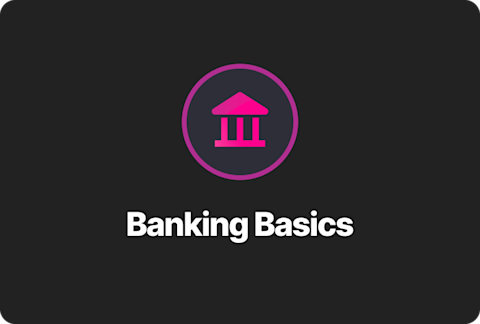2021 Child Tax Credit & How it Works

A quick recap: Back in March, the Senate passed the American Rescue Plan Act, including a provision to increase the Child Tax Credit (CTC) from $2,000 to up to $3,600 per child. The IRS (translation: the tax peeps) plans to pay out the first half of the total credit amount over 6 monthly installments (up to $300 each), with the remaining half coming your way upon filing 2021 tax returns. Last week, the IRS sent out the first batch of monthly payments to over 35 million families. 🤑
Alright. Now that you’re up to speed, we bet you have a lot of questions like whether or not you qualify, how much money you can expect and lots more. Don’t worry, Step’s got you! 💪
We’ve crowdsourced answers to some of the most common questions about the new CTC and what it means for you and your family. 👀
How will I know if my family qualifies?
Great question! This new, increased credit is primarily focused on taxpayers with dependents that are 17 or younger. However, a smaller, one-time credit (up to $500) will also be offered to 18-year-old dependents and full-time college students between the ages of 19 and 24.
How much money can I expect to receive from the child tax credit?
The short answer: It varies. The credit amount is based on your family income and the number of dependents in your household.
Let’s dive a little deeper. In general, families can collect up to $3,600 for each child under the age of 6 and up to $3,000 for each child between the ages of 6 and 17. However, these credits are largely income-based and will start to decrease for individuals making more than $75,000 annually or $150,000 for those who file jointly. To get a better sense of how much money you can expect, check out this handy calculator courtesy of Kiplinger.
What if I’m not currently employed or didn’t file tax returns this year?
The good news is that you no longer need to be employed to be eligible for the new tax credit (so long as your children meet the eligibility requirements) – a major change from the previous rules. However, as the IRS relies on tax returns to track dependents, you will need to file a return. To do this, simply visit the IRS website and use their Child Tax Credit Non-filer tool to submit a simplified return. This will get you registered and also double-check to see if you missed out on any stimulus checks.
Are there any other changes I should know about?
There are actually quite a few changes. Beyond the increased credit amounts, the IRS also:
✅ Removed employment requirements
✅ Expanded eligibility to include 17-year-olds
✅ Included U.S. territories such as Puerto Rico and the U.S. Virgin Islands
✅ Made the credit fully refundable (translation: if the credit is worth more than you owe in taxes, you still get to pocket the difference)
How to check your status?
Overall, an estimated 96% of U.S. households with children are expected to qualify for at least some portion of the CTC, with roughly 39 million households set to receive automatic payments. To check your status, visit the IRS’s new Child Tax Credit Update Portal.








